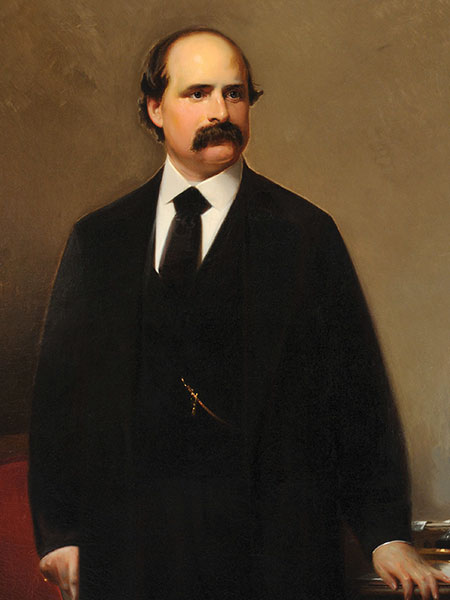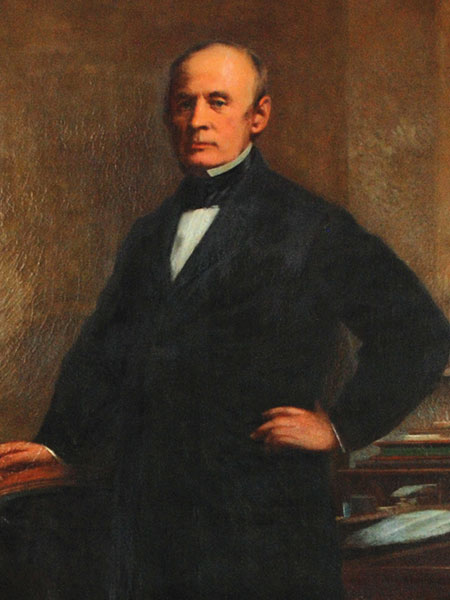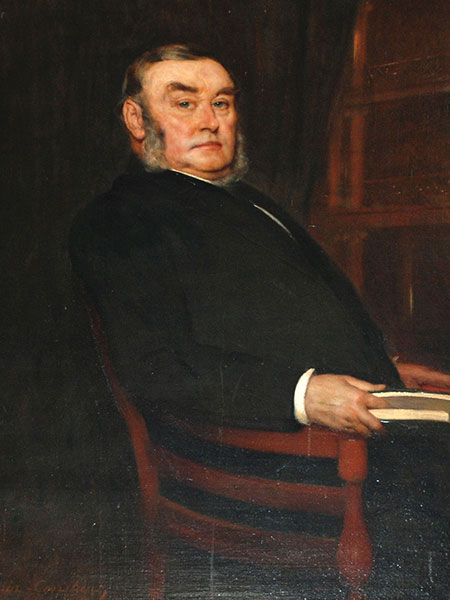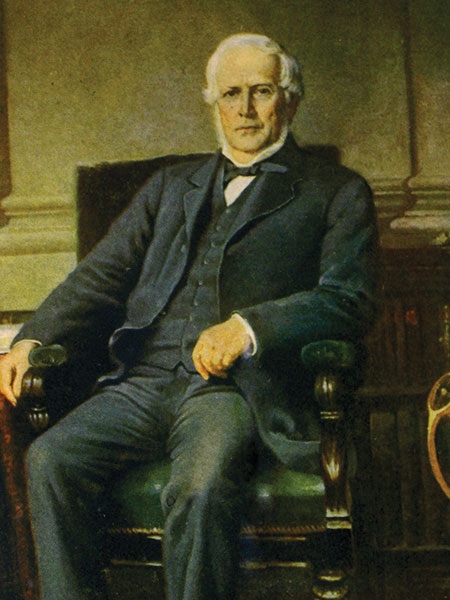
The Drexel Founding Collection dates back as early as 1891, when University founder Anthony Joseph Drexel gave James MacAlister, the future first president of Drexel, $1 million to purchase art in Europe for the Drexel Institute of Art, Science and Industry opening in December of that year. The art was displayed for students, staff and the public in a museum on the first floor of the Main Building. The Collection is now displayed in three galleries on the University City campus and throughout the Main Building.

A.J. Drexel’s father, Francis Martin Drexel, was a portrait painter prior to opening his successful banking firm, Drexel & Co., where A.J. Drexel was also a partner. Much like his father, A.J. Drexel carried an appreciation for art throughout his lifetime, much of which was exhibited in his personal art collection. Upon his death in 1893, his art collection was bestowed to the Institute, known today as Drexel University.

His closest friend, George W. Childs, the publisher and co-owner of the Philadelphia Public Ledger, was also a collector, with a focus on clocks and watches. After his death in 1894, one year after A.J. Drexel’s, his wife donated a series of important clocks and watches to Drexel—including the David Rittenhouse 18th century Astronomical Musical Clock and a 19th century Conical Clock, both of which are housed in the University’s Main Building today.

A.J. Drexel financially assisted his brother-in-law John D. Lankenau with the expansion of the German Hospital of the City of Philadelphia, now the Lankenau Medical Center, where Lankenau served as a trustee and later president. In lieu of paying back the loan, A.J. Drexel asked Lankenau to make a bequest of his paintings to the Institute. In 1901, Mr. Lankenau’s 58 paintings were welcomed into the Collection, including paintings by the well-known artists such as Jean-Baptiste Camille Corot, Barbizon School artists, and Düsseldorf Academy artists.
Since its founding in 1891, the Collection has since received many generous donations from members of the Drexel family, alumni and friends of the University. The focus of The Drexel Collection is primarily 19th century European art. The Collection currently boasts more than 6,000 works of art, including paintings, sculpture, European prints and drawings, Japanese woodblock prints, porcelain, furniture, silver, clocks and watches.